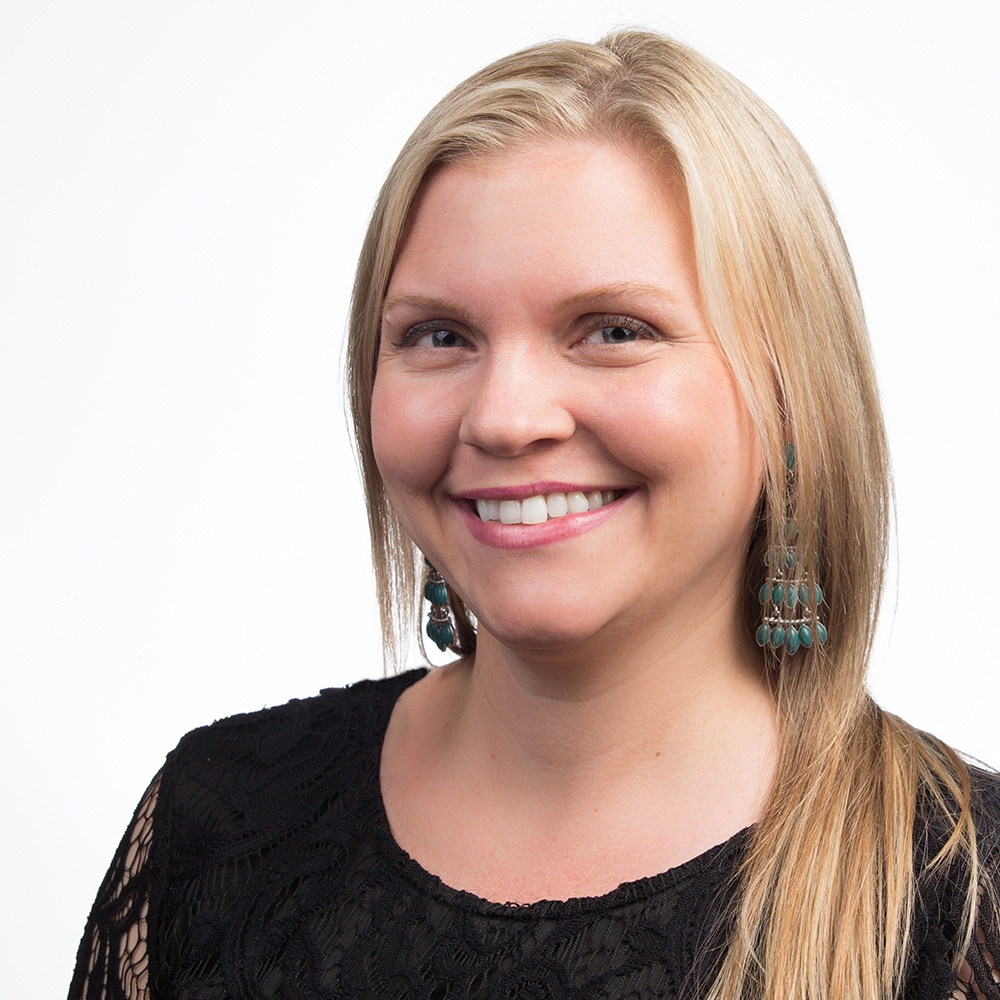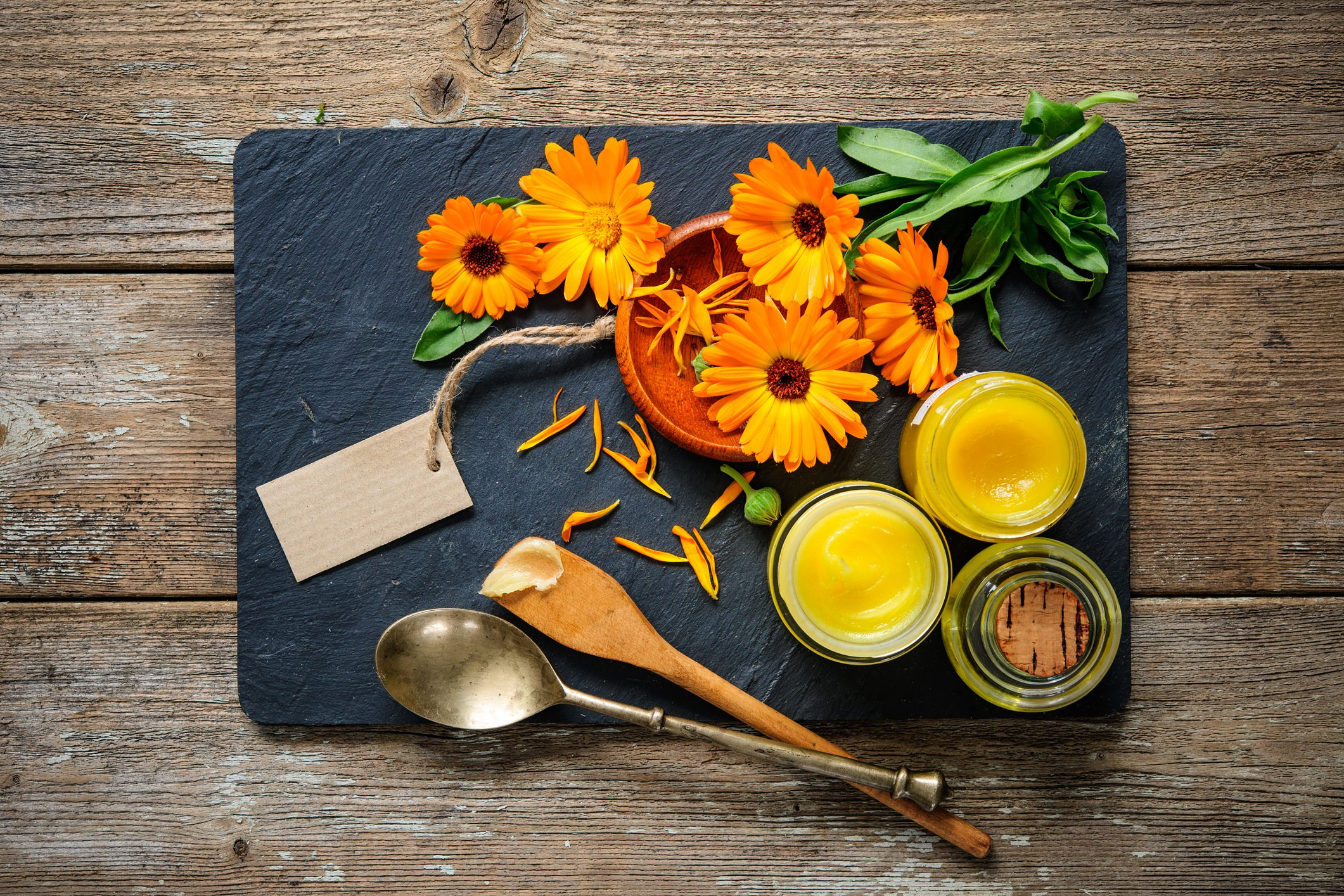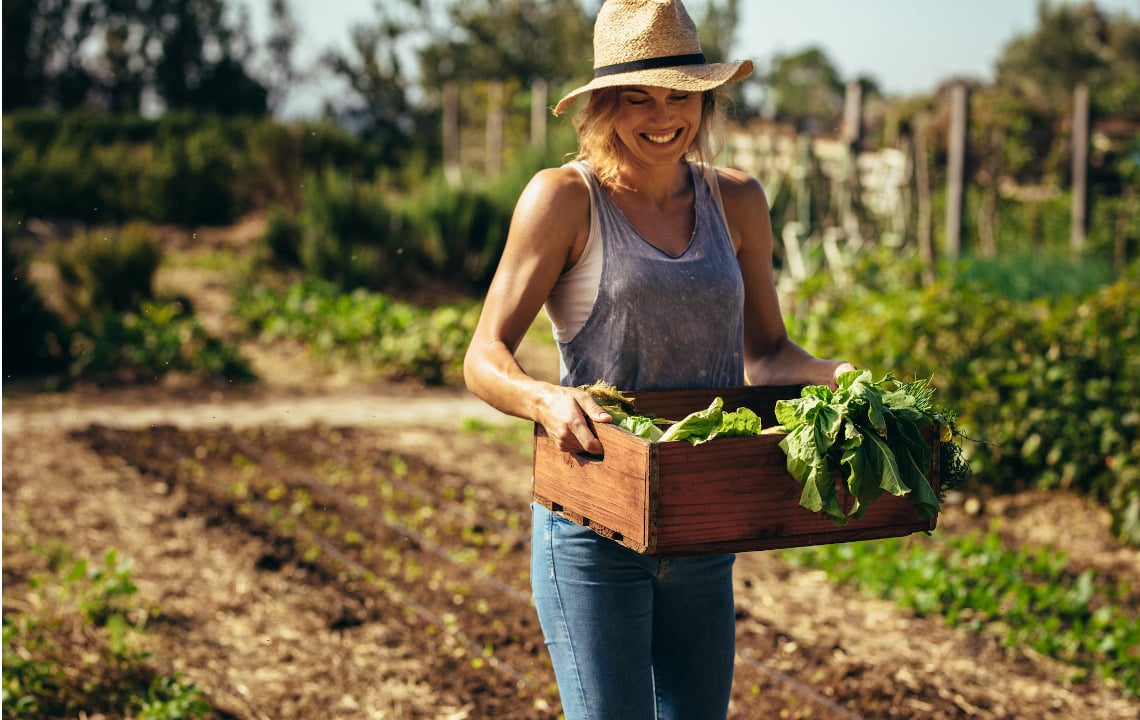Women all across the nation are making their country dreams a reality. These real life stories from women farmers and homesteaders are designed to enlighten and inspire you as you pursue yours.
Women have held the reins on farms and homesteads across the United States throughout the nation’s history, but recent trends show we may soon have more women than men in agriculture.
 What’s driving more and more women to raise livestock and crops of their own? We’ll let them tell you in our ongoing series of interviews with women in the field.
What’s driving more and more women to raise livestock and crops of their own? We’ll let them tell you in our ongoing series of interviews with women in the field.
Our part of the story
When several Rethink:Rural writers approached me recently with ideas to profile female farmers and homesteaders, I was excited to help share their inspiring stories. But I also realized we had already been doing just that in the articles we regularly share profiling individuals living out their dreams in the country -- because some of them just happened to be female. Scroll to the bottom of this article for a list of favorite Rethink:Rural profiles of farming women and women homesteaders, with links to each of their stories.
How Women Farmed in the U.S. 150 Years Ago
While these ladies are an inspiration, the influence of women on farms and homesteads isn’t new. In fact, thousands of women took advantage of the Homestead Act of 1862, which granted 160 acres of land to qualifying applicants in the American Great Plains. Married ladies were barred from taking the land unless they were the head of their household, so the bulk of the women who cashed in on the land were young, single entrepreneurs ready for adventure, according to this article on the University of Nebraska--Lincoln website.
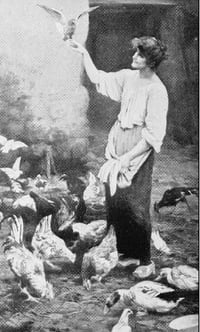 The article says history books have mistakenly looked back at women as helpers or “reluctant pioneers” in that era, when in fact they also had a leading role in settling the Wild West. You can read their stories in their own words through letters and articles from their time, documented in detail in the book Staking Her Claim: Women Homesteading the West. It’s a favorite book of our interviewee Cyndi Ball, who said in this post on her blog that she was encouraged to read women of that time recommended pooling resources with fellow homesteaders. It’s something Ball, herself, is a champion of today as the leader of the Ladies Homestead Gathering, a national network of homesteading women.
The article says history books have mistakenly looked back at women as helpers or “reluctant pioneers” in that era, when in fact they also had a leading role in settling the Wild West. You can read their stories in their own words through letters and articles from their time, documented in detail in the book Staking Her Claim: Women Homesteading the West. It’s a favorite book of our interviewee Cyndi Ball, who said in this post on her blog that she was encouraged to read women of that time recommended pooling resources with fellow homesteaders. It’s something Ball, herself, is a champion of today as the leader of the Ladies Homestead Gathering, a national network of homesteading women.
The big benefit of women in farming and homesteading
Perhaps this is the greatest advantage we gain by looking at women, specifically, in the realm of farming and homesteading. It’s not that men aren’t wonderful farmers, too. But farming women were overlooked in the industry for so long that their unique insights -- which can benefit both men and women -- also were overlooked. Cyndi’s passion for pooling resources across local, state and even national levels is just one example. Our interviewee Vickey Russell, a Georgia shepherd, says a woman’s tendency toward nurturing brings a powerful dynamic to the farm.
“We’re caregivers, we want to take care of things, we want to make sure everything’s okay,” she told us in her interview.
She praised men for their mechanical and methodical skills, unabashedly pointing out that their physical strength is likely to surpass that of their female counterparts. But she said women bring an “internal strength” that is just as important on a farm.
“Both paths are correct, but women bring something to it that’s a little deeper because there’s so much mothering that goes on. You should see how fast I jump out of bed in the middle of the night when I hear coyotes howling. I would knock anyone over to protect my sheep.”
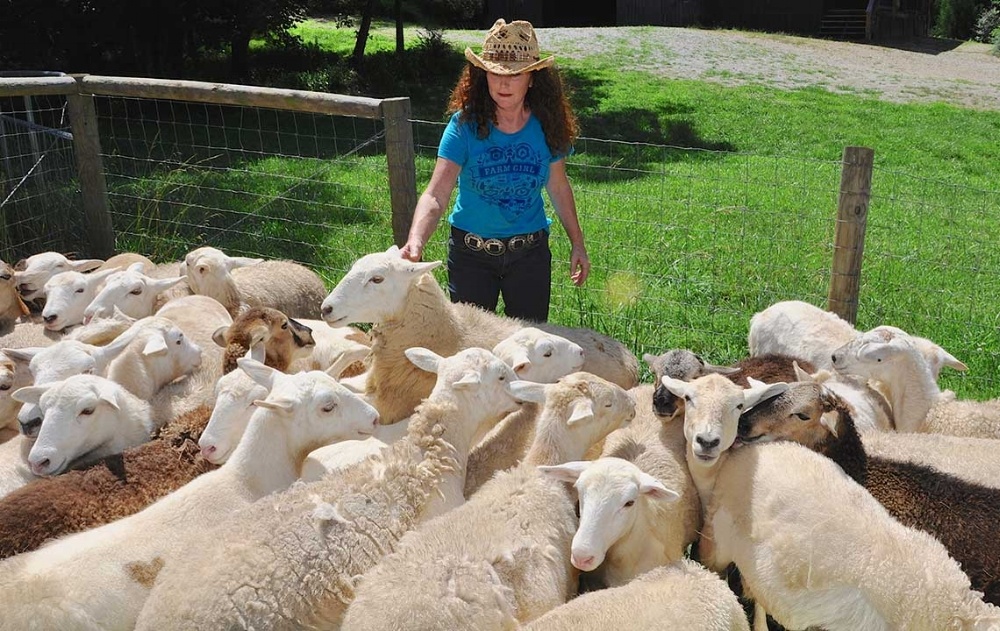 Vickey Russell inspects her sheep on her North Georgia farm.
Vickey Russell inspects her sheep on her North Georgia farm.
How a woman’s empathy impacts how she farms
In our interview with Ball, she cited the same sense of empathy when describing the beekeeping classes she teaches: “The men want to go into the hives and conquer the bees, and they’re the ones that seem to get stung. The women, I find, are slower, much more gentle and aware of where that bee is before they put their tool in. I see it when I work with women in farming, too. I think there are a lot of innate characteristics of women that help them to be better farmers.”
It is that sense of nurturing, in fact, that brought many of our interviewees to homesteading. Ball, herself, started out making her own soaps because her daughter was sensitive to chemicals. Amy Fewell began raising livestock and took up holistic medicine after her then-one-year-old son was diagnosed with asthma, and the result -- the absence of symptoms for the past year-and-a-half -- has been remarkable. Another homesteader, Trina Reynolds, said she started dabbling in homesteading because her son became “a crazy man” whenever he ate foods with food coloring or preservatives.
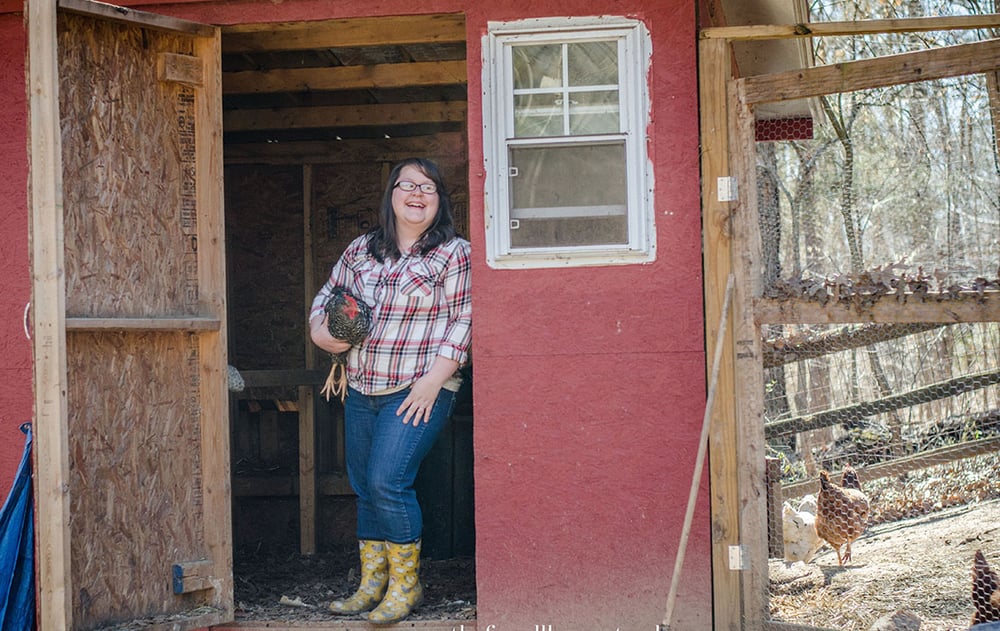 Amy Fewell left her hectic city life for a health-focused homestead when her son was diagnosed with asthma.
Amy Fewell left her hectic city life for a health-focused homestead when her son was diagnosed with asthma.
The decline of food quality in the average grocery store has inspired many women homesteaders to take matters into their own hands. Brinton Fox, 26, joined a CSA in college because she wanted access to healthier food. After volunteering with the CSA, she did an about-face, changing majors and becoming a farmer.
Suzanne Flood, a mother of three boys, left the suburbs for her family’s Huntington, Texas, homestead because she wanted a healthier life for her three boys, where they could contribute to making and harvesting their family’s food. Now, they have two large gardens and keep rabbits, pigs and chicken. The experiment seems to be working: all three boys have taken ownership in their part of keeping the small farm operating, and Flood’s oldest son has started his own beekeeping business.
While Flood’s husband is a part of managing their farm, he goes to work during the day, and the bulk of the responsibilities are hers. The same is true for Ball and Fewell, but they don’t see it as a hindrance.
“A lot of women ... believe that they need their spouse or a man to help them, and that's just not true,” says Fewell, who writes about her life as a homesteader at TheFewellHomestead.com. “My blog has inspired other women to take control of their lives and their families’ lives and health.”
The rise of women studying agriculture in American colleges
Outside of family life, college-aged ladies are increasingly drawn to pursue careers in agriculture-related fields. Women have not only broken into agricultural education programs in America’s colleges, they’ve become the majority of students in the field, according to an article in Purdue University’s Agricultures magazine. At the Indiana university, alone, the article says women account for 60 percent of ag students, as opposed to percentages in the single digits in the 1970s.
Their skills are expected to be in high demand for many years to come. This USDA study projects there will be close to 58,000 job openings in the food, agriculture, renewable natural resources, and environment fields every year, which means there will actually be a deficit for qualified workers (the report says colleges are expected to offer only 35,400 graduates per-year).
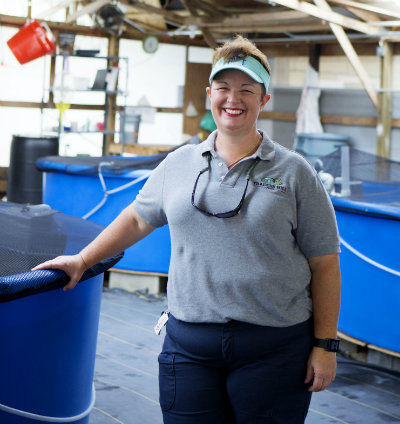
Not for wimps
It’s not a lifestyle for the faint of heart. Flood’s responsibilities include slaughtering the rabbits she raises on her farm. Reynolds told us she appreciates talking to fellow women homesteaders about technical tasks like despurring roosters, something she said might disgust a non-homesteader.
The women who take on the incredible work that a homestead or farm requires are powerful and independent, and we will continue to celebrate them. You can call it grit, call it pluck, or describe it the way one of Ball’s favorite farmers did more than 100 years ago in Staking Her Claim:
“...persons afraid of coyotes and work and loneliness had better let ranching alone. At the same time, any woman who can stand her own company, can see the beauty of the sunset, loves growing things, and is willing to put in as much time at careful labor as she does of the washtub, will certainly succeed; will have independence, plenty to eat all the time, and a home of her own in the end.”
Read the personal stories of farming women and women homesteaders
Here are some favorite Rethink:Rural articles about leading ladies on farms and homesteads in the Southern United States. You can trust that we’ll be adding more to this list as time goes on:
- Amy Fewell, a mom who left her hectic lifestyle for a healthier, more natural environment after her son was diagnosed with asthma.
- Angela TenBroeck, a pioneer in aquaponics in Hilliard, Florida.
- Vickey Russell, a shepherd who raises sheep on a sustainable grass farm in Murrayville, Georgia.
- Cyndi Ball and Trina Reynolds, leaders of Ladies Homestead Gathering, a national nonprofit filling a need for community among female homesteaders.
- Mardi Jo Link, author of the book Bootstrapper—From Broke to Badass on a Northern Michigan Farm, who made things work on her farm with her three boys after her divorce.
- Jenna Woginrich, a single woman who raises animals (and has studied falconry) in New York state and has written 5 books about her adventures.
- Brinton Fox, a young farmer in her 20s who chose the profession because of her passion for healthier food choices.
- Our own Catherine Pond, who writes for Rethink:Rural and shared her personal story of moving 3,000 miles at midlife to start a farm in Kentucky.
- Suzanne Flood, a mother of three who left suburban life to raise her boys on a more sustainable homestead so they would grow up to be better men.
Want to discover the stories of even more women who farm?
Check out these world-changing projects that have brought attention to these leading ladies:
- FarmHer, which started as a photography series, is now a booming business, complete with ag education programs for women, networking for female farmers and even a TV series featuring their stories.
- The Female Farmer Project documents the stories of women in agriculture all over the world and digs deep into political and policy issues that matter to modern female farmers.



